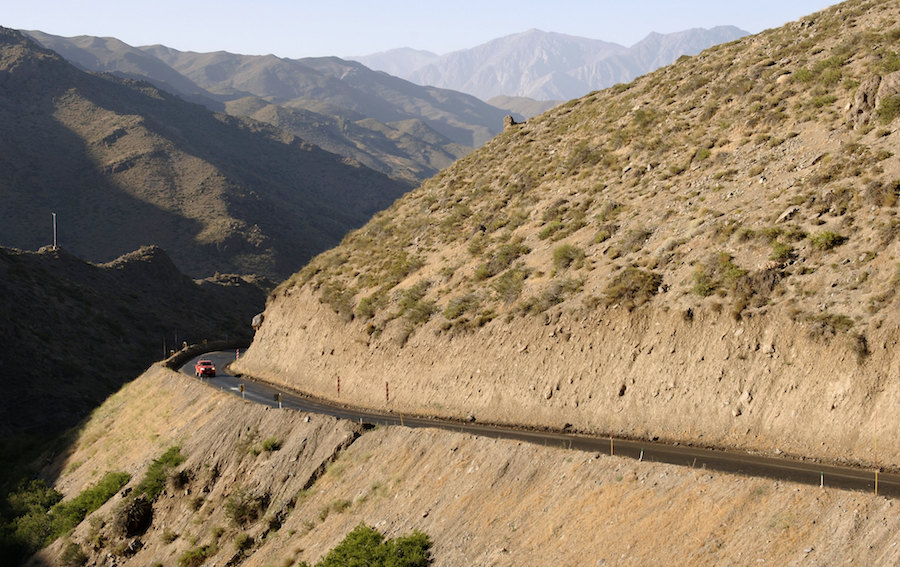
The company said the main reasons behind the fresh surge were the impact that recent waves of covid-19 had in costs and the construction schedule, as well as general inflation, including higher input prices, wages, labour incentives and logistics costs.
Antofagasta noted the completion schedule for the project remained unchanged with the desalination plant expected to be finalized in the second half of this year and the expanded concentrator plant in early 2023.
Los Pelambres expansion, 73% complete as of the end of March, will add 60,000 tonnes of copper a year over the first 15 years to the company’s overall production. Throughput at the plant will be increased from 175,000 tonnes of ore a day to an average of 190,000 tonnes a day.
The project includes the construction of a desalination plant and water pipeline, which will also benefit the existing operation in cases of prolonged or severe drought, such as the one currently hitting miners and wine makers alike. The facility could also be used for a potential further expansion, which may follow if Antofagasta can secure the required environmental and regulatory approvals.
The Chilean government recently named the miner in a lawsuit over alleged environmental damage caused in the northern Salar de Atacama salt flats, the world’s driest place on earth.
The State Defense Council’s (CDE) legal action singled out BHP’s Escondida, the world’s largest copper mine, Antofagasta and Barrick’s 50-50 Zaldívar operation and Albemarle’s lithium assets.
Drought impact
Antofagasta copper production in the first quarter of 2021 was down 24% from the same period last year, and 22% from the previous quarter, at 138,800 tonnes.
The expected output drop reflected the effects of a severe drought affecting Chile’s northern and central zone, where Los Pelambres is located. Lower grades mined at Centinela also weighed on production results, Antofagasta said.
The company, majority-owned by Chile’s Luksic family, one of the country’s wealthiest, kept its full year 2022 guidance of 660-690,000 tonnes. This range assumes there is no precipitation until the rainy season and the desalination plant at Los Pelambres starts operating in the second half of the year, Antofagasta said.
Copper companies across Chile have been forced in recent years to find alternative means to feed water to their mines as drought and receding aquifers have hampered operations. Many have sharply reduced use of continental freshwater or turned to desalination plants.
The country’s copper agency Cochilco estimates that mining’s use of seawater — either used directly or desalinated — will increase 167% by 2032, while freshwater use will decline 45%. By the end of that period, 68% of water used by the industry will come from the ocean, the agency has said.




